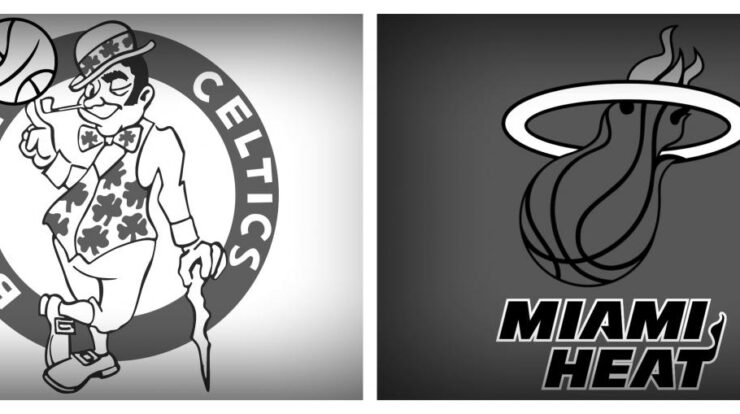
From historical origins to contemporary interpretations, the pico skirt continues to captivate with its versatility and cultural significance. This comprehensive guide delves into the design, symbolism, and modern applications of this timeless garment.
Emerging from diverse cultural contexts, the pico skirt has evolved over centuries, showcasing regional identities and social customs. Its enduring appeal lies in its ability to transcend fashion trends and embody both tradition and innovation.
Fashion and Style

The pico skirt, a timeless fashion staple, has captivated the world with its versatility and charm. Its origins can be traced back to ancient cultures, where it was often worn as a symbol of status and modesty.
Typically crafted from lightweight fabrics such as cotton or linen, the pico skirt features a flared silhouette that falls just below the knees. It is characterized by its intricate lace or crochet trim, which adds a touch of elegance and femininity to the garment.
Pico skirts come in a wide range of styles, from traditional ankle-length skirts to shorter, more modern versions. They can be plain or embellished with embroidery, beads, or other decorative elements.
Cultural Significance
The pico skirt holds cultural significance in many regions around the world. In Mexico, for example, it is known as the “falda pico” and is often worn during traditional dances and festivals.
In Guatemala, the pico skirt is called the “corte pico” and is a symbol of indigenous identity. It is typically made from brightly colored fabrics and features intricate Mayan embroidery.
In other cultures, the pico skirt has been adopted as a symbol of modesty and purity. It is often worn by young girls and women as a way to cover their legs and preserve their virtue.
Modern Interpretations
Contemporary designers have reimagined the pico skirt for modern fashion. They have experimented with different fabrics, silhouettes, and embellishments to create unique and stylish pieces.
Some designers have incorporated traditional elements into their designs, such as lace trim and embroidery. Others have opted for more modern aesthetics, using bold colors and geometric patterns.
The pico skirt has also influenced other fashion trends and garments. For example, it has inspired the creation of the circle skirt, which is a similar style of skirt but without the lace trim.
Styling and Accessories, Pico skirt
The pico skirt is a versatile piece that can be dressed up or down. For a casual look, pair it with a simple top and sandals. For a more formal occasion, opt for a dressier top and heels.
Accessories can help to elevate the style of a pico skirt. A wide belt can cinch the waist and create a more flattering silhouette. A statement necklace or earrings can add a touch of glamour.
Pico skirts can also be accessorized with scarves, shawls, and other accessories to create a variety of looks.
Wrap-Up
Today, contemporary designers reinterpret the pico skirt with fresh perspectives, blending traditional elements with modern aesthetics. Its influence extends beyond the realm of skirts, inspiring new silhouettes and styles. Whether styled for everyday wear or special occasions, the pico skirt remains a versatile piece that empowers self-expression and celebrates cultural heritage.
FAQ Compilation: Pico Skirt
What is the origin of the pico skirt?
The pico skirt traces its roots to various cultures worldwide, with origins in traditional garments worn for centuries.
How has the pico skirt evolved over time?
Over the centuries, the pico skirt has undergone transformations in design, materials, and embellishments, reflecting changing fashion trends and cultural influences.
What are some common variations of the pico skirt?
Pico skirts come in a wide range of lengths, silhouettes, and embellishments, including asymmetrical hems, tiered layers, and intricate embroidery.





